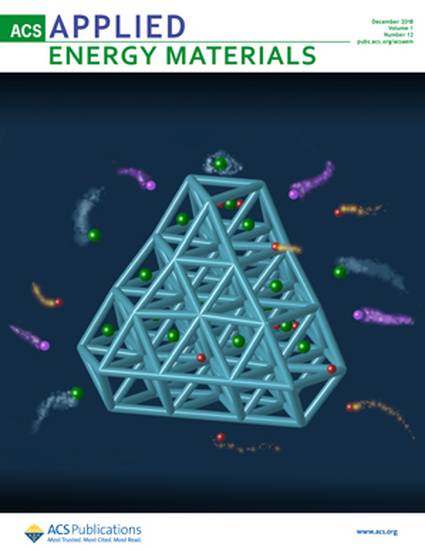
Transition metal phosphides (TMPs) have gained extensive attention as an attractive candidate for anode materials used in lithium-ion batteries owing to their relatively low potentials and high theoretical capacities. Nevertheless, TMPs suffer from severe volume changes during cycling and low electrical conductivity, which limit their further applications. To achieve high energy and power density, constructing carbon/transition metal phosphide nanostructures is one of the most effective approaches because of enhanced electron/ion transport. Herein, we report urchin-like spheres assembled by MoP nanoparticles uniformly embedded in ultrathin carbon sheets via a template-free method. The unique structure of the spheres offers a synergistic effect to accommodate the mechanical stress during cycling, inhibit nanoparticles aggregation, and facilitate charge transfer during lithiathion/delithiation processes. As a proof of concept, the nanocomposite electrode exhibits outstanding cycling stability at a high current rate (e.g., no obvious capacity decay after 400 cycles at 3 A g−1) and superior rate performance (e.g., 415 mAh g−1 at 8 A g−1).
Available at: http://works.bepress.com/hui_xiong/27/
